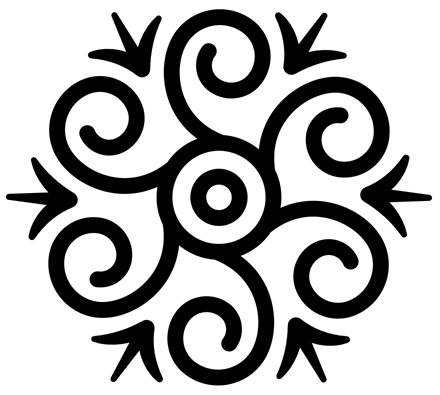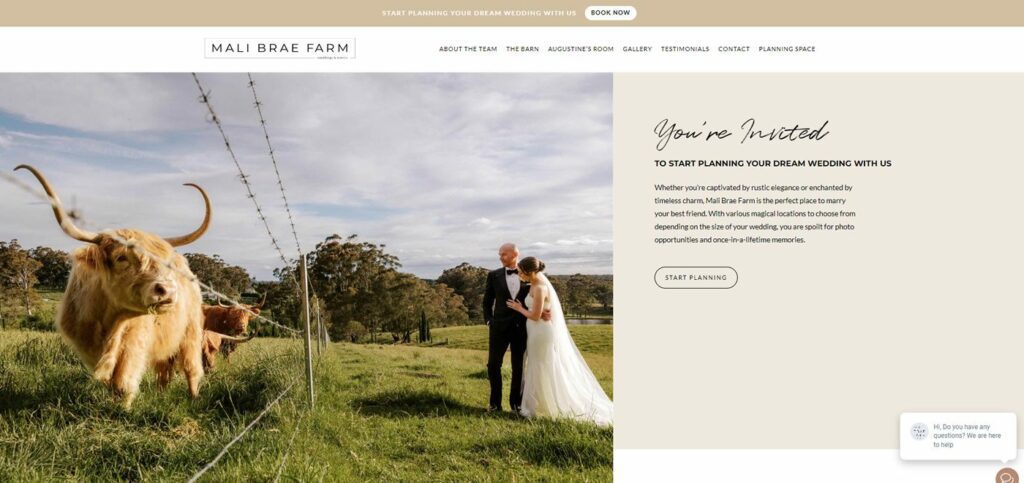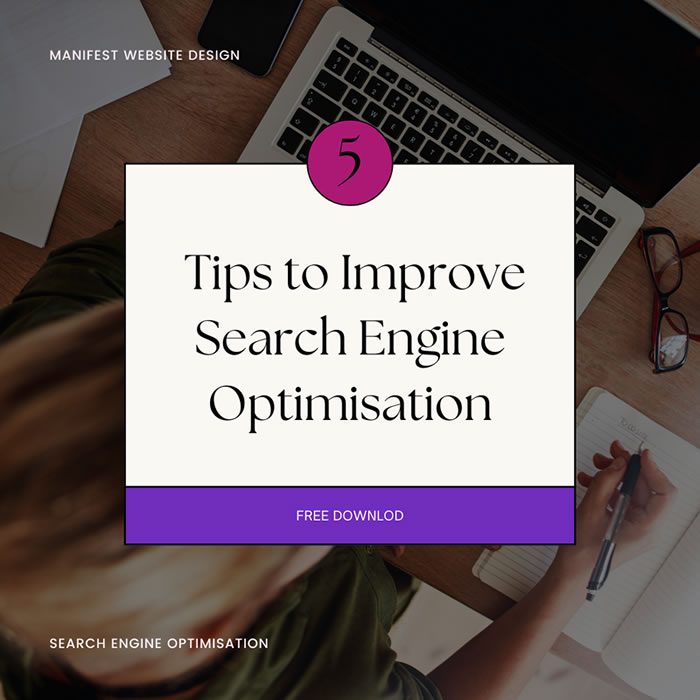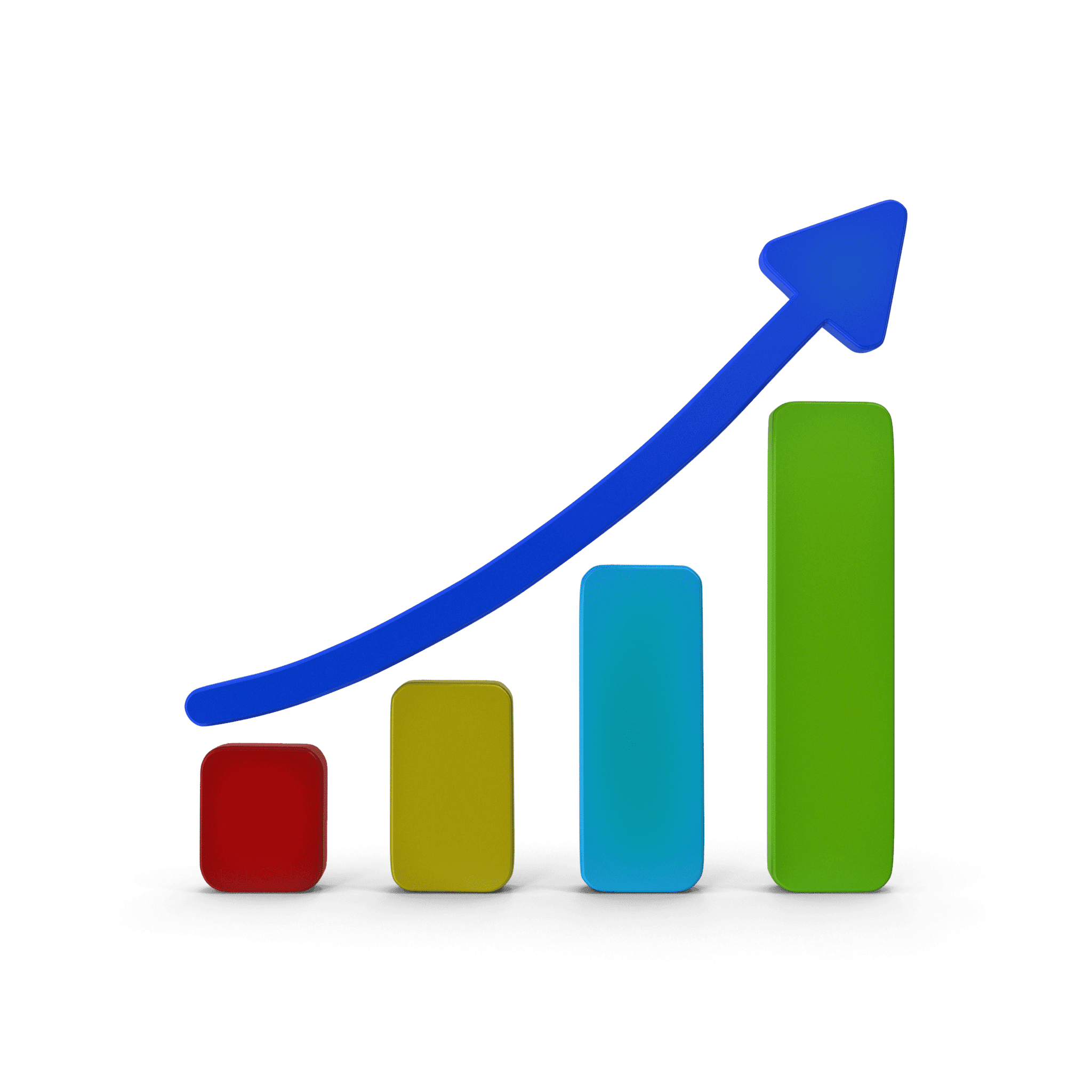Top 10 Characteristics of a Good Website
Can you still recall the days when every website had flashy images, eye-popping animations, and crazy colour palettes? The internet was like this digital wonderland that captivated our senses and constantly left us in awe. But as time passed, the web evolved, and so did our tastes and preferences. Nowadays, good and bad websites seem like worlds apart.
So what are the important aspects of a good website in the modern age? A good website has the following characteristics: clear purpose, user-friendly navigation, responsive design, fast load times, visually appealing design, high-quality content, compelling call-to-action, contact information, security, and incorporates search engine optimisation (SEO).
What are the important aspects of a good website?
1) Clear purpose
Your business website shouldn’t just be a show-and-tell platform for your products and services. It should also be a means to tell your brand story, nurture customer relationships, and enhance user experiences.
Your website needs to reflect your business’ purpose at a glance. It becomes less about “what” you’re offering and more about “why” you’re offering it, “how” it adds value to the customers’ lives. Your website needs to communicate this in a matter of seconds.
A Nielsen Norman Group study shows users typically spend only 10 to 20 seconds on a web page before leaving. If they can’t identify what your business does within that short span, it means your website lacks a clear purpose. They’ll exit and you’ve lost a potential customer.
Australian companies like Aesop and Bonds understand this and have designed their websites to clearly communicate their purpose – offering premium skincare and comfortable clothing, respectively – right from the first click.
2) User-friendly navigation
Website navigation should be seamless and intuitive. Visitors should be able to find what they’re looking for in as few clicks as possible. The easier it is for users to navigate your site, the higher the chance they’ll stick around, explore, and eventually become a customer.
Pro tip: Take note of browsing patterns. Our eyes typically start at the upper left corner of a page and move right. Thus, placing important navigation links here could improve usability.
3) Responsive design
In today’s world, where people access the internet from a variety of devices – desktops, laptops, tablets, smartphones – a good website needs to adapt to the screen size of these different devices. Ignoring responsive design can alienate a significant portion of your audience, much like a store ignoring a substantial segment of its customers.
Statistics show that in Australia alone, more than nine out of every ten people own a smartphone. This means a significant portion of your website traffic could be from these devices.
Moreover, Google’s Mobile-First Indexing initiative underscores the importance of responsive design. Websites that aren’t mobile-friendly can be penalised in search rankings, making them less likely to be discovered by potential customers.
4) Fast load times
In the age of high-speed internet and instant gratification, our collective patience has worn thin. Whether it’s waiting for a coffee to brew, a light to change, or a webpage to load, any delay seems unacceptable. The attention span of people is a precious commodity, and in the digital world, speed becomes a critical factor.
Fast load times for websites are more crucial now than they ever have been, mirroring our shrinking tolerance for delay and our increasing appetite for the immediate.
The statistics reflect this reality starkly. A report from Akamai reveals that even a 100-millisecond delay in website load time can decrease conversion rates by 7%. To put that in perspective, a 100-millisecond delay is literally faster than a blink of an eye, and yet, it can lead to a significant drop in conversions.
Google’s data also shows that more than half of mobile users abandon websites that take longer than three seconds to load. In a society where three seconds might be all the time you get to make a lasting impression, the pressure is on to provide lightning-fast website experiences.
Related articles:
How to Build a Website in 8 Steps
Do I Need a Website for My Small Business?
Why All Businesses Should Have a Website
The Expert’s Guide to Outsourcing Web Design
5) Visually appealing design
Visual appeal in website design can’t be overstated. Humans are inherently visual beings. A well-designed, aesthetically pleasing website can capture visitors’ attention, keep them engaged, and increase the likelihood of them taking your desired action.
An Australian company that excels in this aspect is T2 Tea. Their website design is a visual feast, with vibrant colours and beautiful photography that immediately draws you in. It perfectly reflects their brand identity and makes the browsing experience enjoyable and engaging.
Pro tip: Believe it or not, most users judge a website by its cover.
6) High-quality content
Imagine walking into a library and finding all the books empty, void of any words. That’s the equivalent of a website lacking high-quality content. In essence, content is the heart of any website, and it needs to be top-notch. It should inform, educate, engage, and provide value to the user while resonating with your brand’s voice.
From blog posts and product descriptions to informational articles and how-to guides, high-quality content is the lifeblood of any business website. Your web content should not just provide information but should be relevant, accurate, and beneficial to your audience.
In the world of website design and SEO, one rule is timeless and unfaltering: Content is king. Google itself, the most used search engine worldwide, emphasises content quality as a critical ranking factor. This means your website’s visibility and traffic are directly affected by the quality of your content.
Google’s algorithms are continually evolving, becoming more sophisticated in discerning whether a particular web page deserves to be on the front page of search results. They consider factors such as keyword relevance, the comprehensiveness of the content, its freshness, and how users interact with it. Does it engage them? Does it keep them on your site longer? Do they share it, bookmark it, or return to it?
For great examples of high-quality content, check out the blogs of Smiling Mind, Microsoft, and Slack.
7) Compelling call to action (CTA)
A well-crafted CTA should be clear, compelling, and concise. It should entice your visitors to take immediate action – whether it’s making a purchase, downloading an eBook, signing up for a newsletter, or contacting your team for further inquiries.
A clear example of compelling CTAs can be seen on the website of The Iconic, an Australian online fashion retailer. Their CTAs are straightforward but highly effective, guiding visitors towards the next step in their shopping journey. “Shop Women’s” or “Shop Men” are prime examples of clear, persuasive CTAs that improve user experience and boost conversions.
Likewise, the WWF Australia website effectively uses CTAs to urge visitors to take action towards their cause. With clear CTAs like “Donate Now” and “Adopt”, the organisation guides its website visitors towards making a meaningful contribution to wildlife conservation.
8) Contact information
Having clear, accessible contact information is a reassurance to your users, showing that behind the digital facade is a real, reachable business entity. At the very least, your “Contact Us” page should include your phone number, email address, physical address, and social media handles.
Pro tip: Please invest in your customer service department. I speak on behalf of all consumers – it gets frustrating when you’re on the phone for hours (i.e., via email, text, or call) waiting for a reply from a company.
9) Security
The lack of security measures can be particularly damaging for e-commerce websites, where customers share sensitive financial information. However, regardless of your website type, security – from SSL encryption to regular security audits – should be a top priority, not an afterthought.
You need to understand that website security isn’t just a matter of protecting your domain from malicious attacks but also about safeguarding your users’ trust. When your visitors share their information on your website, they’re entrusting you with it. Any compromise on security can shatter that trust.
10) Search engine optimisation (SEO)
You might have products that you’re proud of, the best content, and the most compelling CTAs, but if people can’t find your website, it’s all in vain.
A data point to consider comes from HubSpot, indicating that 75% of users never scroll past the first page of search results. So if your website doesn’t make it to the first page, expect that your visibility takes a significant hit.
Content creation, as we touched on earlier, involves producing high-quality, original content that resonates with your audience. It’s not merely about stuffing your website with keywords and hoping for the best. Effective SEO is a nuanced blend of technical acumen, strategic content creation, and user-focused design.
SEO is crucial not just for visibility but for credibility too. The more valuable your content, the more search engines are likely to regard your site as an authoritative source and rank it higher. And naturally, users will begin to trust your website more.
Pro tip: SEO isn’t a one-time project but an ongoing strategy. It involves a mix of keyword optimisation, quality content, and link building to improve your website’s visibility in search engine results.
Create your dream website with Manifest Website Design
Your website is more than just a business card – it’s your best salesperson, your 24/7 customer service agent, and most importantly, the embodiment of your brand. It’s where first impressions are made, where connections begin, and where clients are won. That’s why settling for mediocrity is not an option. Your site should be a reflection of your brand’s commitment to excellence.
In a world where digital presence is crucial, where the competition is just a click away, can you afford anything but the best for your website? Choose Manifest Website Design, where we turn visions into reality and websites into effective business growth tools. We’re not just a bunch of tech-savvy individuals who know a thing or two about coding. We’re your partners in building a website that’s not just good, but great. Create your dream website with us today.

JILLIAN BRANDON
About the Author
Jillian has over 30 years of experience in technology, programming, and digital marketing. Her work with the stock exchange in Australia, as well as other large corporations, has given her invaluable business expertise.
At Manifest Website Design, she helps goal-driven entrepreneurs build their business, regardless of size and industry, using the power of the internet. She’ll walk alongside you every step of the way, making sure that your website is running smoothly, and most importantly, generating leads. Connect with her on LinkedIn.




